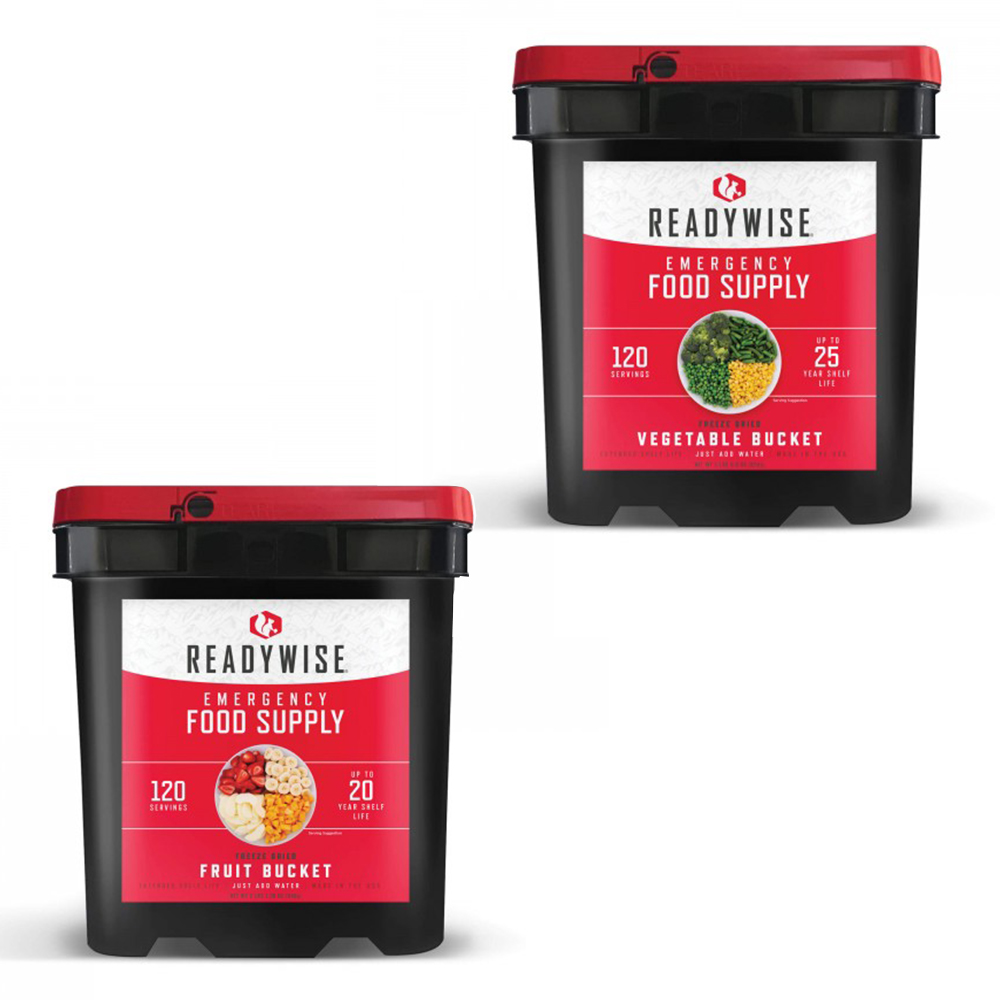Building your Survival Food Supply
So you want to be prepared for the unexpected but don’t know where to begin. There are lots of things to consider when getting started, but it doesn’t need to be complicated, and you don’t need to be an expert.
We recommend you start by preparing for short-term emergencies such as those caused by man-made or natural disasters. Short-term is defined as a 72-hour up to 1 week period immediately following an emergency. In many natural disaster scenarios such as an earthquake, the time it may take to bring all the services back up again could be a month or more. Preparing for a time frame from 1 – 3 months and beyond is then a matter of as your budget and knowledge grow.
Below is a simple and affordable emergency preparedness plan that will get you on your way.
How to Get Started
We specialize in foods made specifically for emergency and survival purposes that will fit any budget.
Three Easy Steps to Emergency Preparedness
There are three types or “levels” of food storage beyond what you may have in your pantry, freezer or refrigerator. A combination of all three can get you through pretty much any scenario.
1. Emergency rations and calorie bars; 2. MRE’s (meals ready to eat) and Camping Food; and 3. Long-term survival food storage supplies.
Emergency Rations and Calorie Bars
Emergency rations and high-calorie bars are great for those short-term events. They are designed to sustain you until rescue or additional food becomes available and are essential for the first number of hours. Emergency bars and rations do not require cooking, are very lightweight, are packed with energy and store in a backpack, car or desk. With a shelf life of 5 years, they are also a great choice for schools and offices.
Meals Ready to Eat and Camping Food
MREs or “meals ready to eat” are known from their military origins as a self-contained ration of food designed specifically for the US military. 
An MRE typically contains enough food to keep a person going for a full day, with a variety of foods that do not require cooking. Our MREs come with flameless ration heaters that use a chemical reaction, not fire, to heat the meals. Additionally, water requirements are minimal when consuming MREs versus other types of survival food. With a shelf life of 5 years, MRE’s can tide you over while on the move or until cooking capacity can be set up.
 Camping Food are pre-cooked meals that only require a cup of boiling water per serving (cold water could even be used in a pinch) to reconstitute the meal. The food items are sealed within unique 2 serving pouches that are designed to extend the item’s overall shelf life to roughly seven or more years. Outdoor food entrees are truly lightweight so they’re easy to heft around in a backpack. These are excellent on-the-go options that have minimal requirements to prepare a hot meal. Most portable stoves can boil one or two cups of water to complete this eat-in-the-pouch meal.
Camping Food are pre-cooked meals that only require a cup of boiling water per serving (cold water could even be used in a pinch) to reconstitute the meal. The food items are sealed within unique 2 serving pouches that are designed to extend the item’s overall shelf life to roughly seven or more years. Outdoor food entrees are truly lightweight so they’re easy to heft around in a backpack. These are excellent on-the-go options that have minimal requirements to prepare a hot meal. Most portable stoves can boil one or two cups of water to complete this eat-in-the-pouch meal.
Consider adding both of the above foods for the time period 12-24 hours after the emergency.
Long-Term Food Storage
The third type of survival food are those foods that have been preserved for long-term storage. Most often, food designated for a long shelf life are freeze-dried/dehydrated and hermetically sealed to prevent bacteria build-up or oxidization. Often called dehydrated or freeze-dried food, these foods can last up to 25 years or more. Offering great meal varieties, larger serving sizes, gourmet meals and real food. Air-tight packaging with oxygen absorbers and nitrogen flushing to reduce oxygen levels is standard with pretty much all of the manufacturers. Most only require you to boil water, whisk in the pouch of food and then simmer the meals for between 10-25 minutes before serving. Survival Food carries Augason Farms 30 Day Food buckets as well as ReadyWise gourmet meal buckets and fruit and veggie pails. Legacy Premium 120 Serving gourmet meal buckets up to 4320 Serving packages which can feed a family of 4 for a year. We also carry Freeze Dried Meat from Total Prepare (coming soon) to add vital protein into your meal planning.
Long term food storage should be the backbone of your entire emergency preparedness planning. Depending on the nature of the emergency and your own personal preparedness, you can count on these foods from 24 hours after the emergency to many months (or years).
Click HERE for a Food Storage Servings Matrix. 
Combining Emergency Food Rations, MRE’s, Camping Food and Long-Term Food Storage into a plan that will keep you healthy and sustained for a long period of time is both a prudent and smart decision. SURVIVAL FOOD exists to enable you make that decision and turn it into action.
How many servings do I need? Click here to continue the journey.


